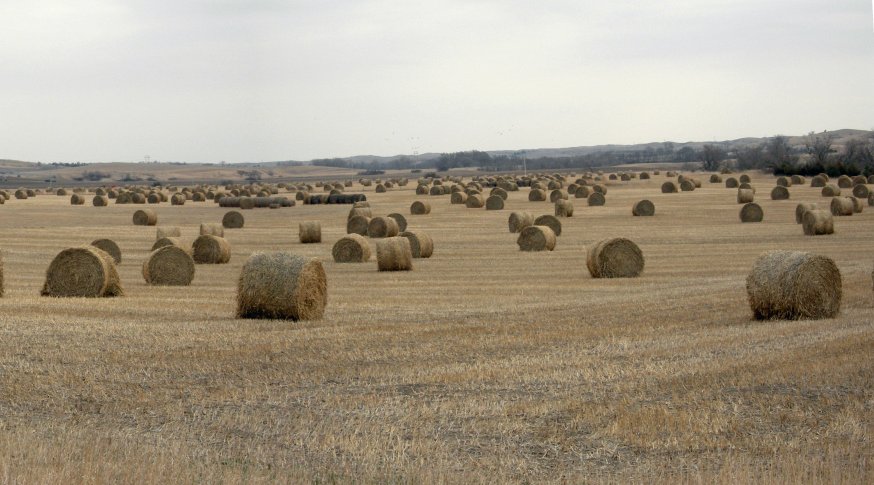
By Brent Plugge, UNL Extension Educator
High nitrates could be a problem for cattle producers planning to feed or graze annual forages, thus testing for nitrates is recommended. When reading a nitrate analysis report, producers should look at how the nitrate levels are expressed. The method used in expressing nitrates will determine what level is toxic to an animal.
Nitrates occur naturally in all forages. But when nitrate concentrations get too high, they can kill cows and maybe abort calves. When drought affects pasture and hay production, nitrates often reach potentially toxic levels. Some plants are more likely to be high in nitrates than others. Annual grasses like cane, millet, oats, and even corn often have elevated nitrate levels. Certain weeds like pigweed, kochia, and lambsquarter are also more likely to contain nitrates. If your hay contains these weeds or is an annual grass, be alert to the potential for high nitrates.
With proper management, high nitrate forages can be fed safely. Diluting high nitrate feeds with safe (low nitrate) feeds such as grain is most common. Also adapt cattle to diets that contain nitrates. Most losses from nitrates occur when hungry cattle are exposed to feeds that are high in nitrate. It is also important to note that cattle have plenty of clean, low nitrate water at all times.
Some producers may feed drought stricken corn as "green chop". If so, when harvesting, set the chopper head up to avoid the bottom 6 to 8 inches of the corn stalk. Most of the nitrates reside in the lower portion of the stalk. Assume that there are nitrates present, so adapt slowly. Chop only what will be fed in one feeding and do not let green chop sit in the wagon over night to feed the next day. Green chop that contains nitrates and sits overnight, the nitrate will be converted to nitrites and nitrites are more toxic to the animal than nitrates.
Please remember that these feeds are not always are toxic, nor does it mean that high-nitrate hay can’t be fed safely. But always test these feeds for nitrates in a lab to determine how to feed them safely.
For more UNL Beef information go to http://beef.unl.edu